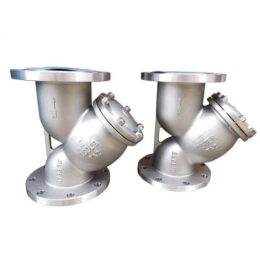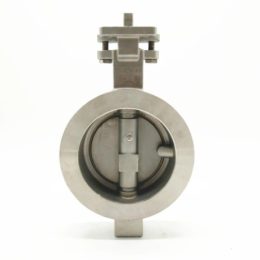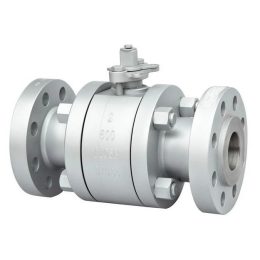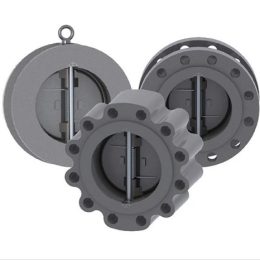High-Performing Butterfly Valve: Technical Specifications and Advantages

High-Performing Butterfly Valve
Butterfly valves are commonly used in industrial applications as they provide an effective way of regulating the flow of fluids. A butterfly valve is a quarter-turn valve which is used to control or stop the flow of liquid or gas through a pipe. In recent times, the demand for high-performance butterfly valves has increased significantly due to their numerous benefits. This article aims to provide an overview of high-performing butterfly valves, their technical specifications, advantages, and how to choose the right one for your application.
Technical Specifications of Butterfly Valve
Butterfly valves come in various sizes, ranging from 1 inch to 120 inches in diameter. The valve’s disc is typically made of metal or plastic, and it rotates on a shaft, which is connected to the valve’s body. When the valve is open, the disc is turned to allow fluid or gas to flow through the pipeline. When the valve is closed, the disc is turned so that it blocks the flow of fluid or gas. The valve’s body is usually made of cast iron, stainless steel, or carbon steel, depending on the application.
The valve’s operating mechanism may be manual, electric, or pneumatic. Manual butterfly valves have a lever attached to the valve’s stem, which is used to turn the disc. Electric butterfly valves use an electric motor to turn the disc, while pneumatic butterfly valves use compressed air to operate the valve.
Advantages of Butterfly Valve for Industrial Use
Butterfly valves have numerous advantages over other valve types. They are lightweight, compact, and easy to install, making them ideal for use in tight spaces. They also require less maintenance than other valve types, reducing downtime and maintenance costs.
Butterfly valves have a high flow capacity, with low pressure drop across the valve. They are also suitable for use with a wide range of fluids, including gases, liquids, and slurries. This versatility makes them ideal for use in a variety of applications, including HVAC, water treatment, power generation, and chemical processing.
Comparing Butterfly Valve to Other Valve Types
Butterfly valves are often compared to ball valves and gate valves, which are two other popular valve types. Ball valves have a similar quarter-turn operation to butterfly valves, but they are not suitable for use with slurries or high-viscosity fluids. Gate valves, on the other hand, are better suited for high-pressure and high-temperature applications, but they require more maintenance than butterfly valves.
Choosing the Right Butterfly Valve for Your Application
When choosing a butterfly valve, it is important to consider the application’s specific needs. Factors such as the fluid type, temperature, pressure, and flow rate should be taken into account. The valve’s size and material should also be selected based on the pipeline’s size and the fluid’s corrosiveness.
Maintenance and Troubleshooting Tips for Butterfly Valve
To maintain the valve’s performance, it is important to conduct regular inspections and maintenance. This includes checking the valve’s body, disc, and stem for signs of wear or damage, and lubricating the valve’s components as needed. Troubleshooting tips include checking for leaks, ensuring that the valve is properly aligned, and replacing worn or damaged components as needed.
In conclusion, high-performing butterfly valves are an effective and efficient way to regulate the flow of fluids in industrial applications. Their lightweight, compact size, and low maintenance requirements make them an ideal choice for a variety of applications. By choosing the right butterfly valve for your application and conducting regular maintenance, you can ensure that your valve continues to perform optimally and provide reliable service for years to come.



